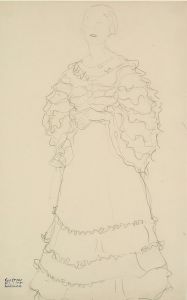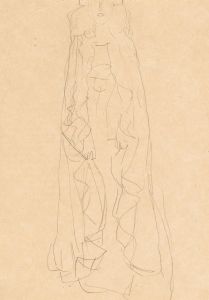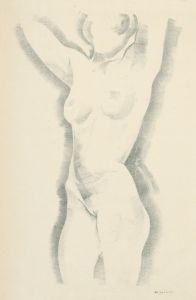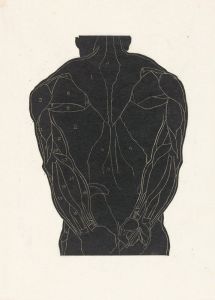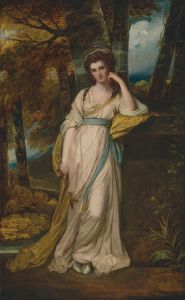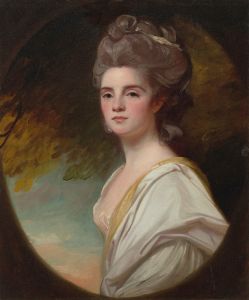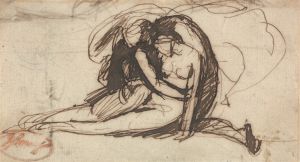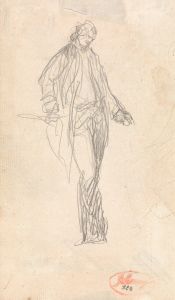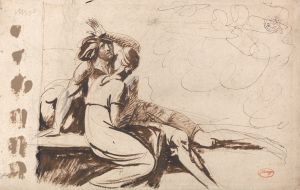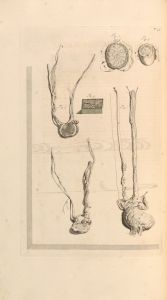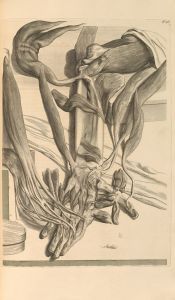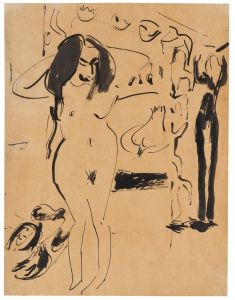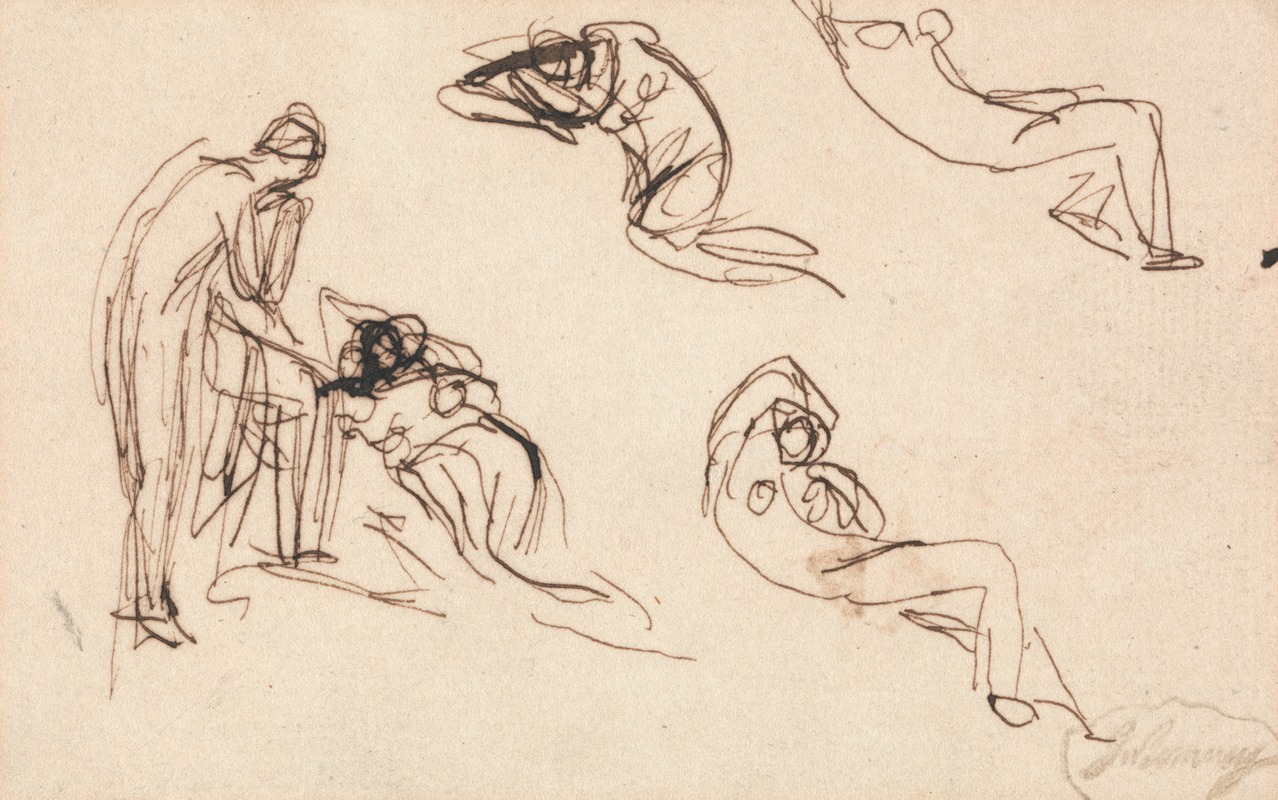
Standing Figure and Four Reclining Figures
A hand-painted replica of George Romney’s masterpiece Standing Figure and Four Reclining Figures, meticulously crafted by professional artists to capture the true essence of the original. Each piece is created with museum-quality canvas and rare mineral pigments, carefully painted by experienced artists with delicate brushstrokes and rich, layered colors to perfectly recreate the texture of the original artwork. Unlike machine-printed reproductions, this hand-painted version brings the painting to life, infused with the artist’s emotions and skill in every stroke. Whether for personal collection or home decoration, it instantly elevates the artistic atmosphere of any space.
George Romney was an English portrait painter, renowned for his depictions of society figures in the late 18th century. Among his works is "Standing Figure and Four Reclining Figures," a painting that exemplifies his skill in capturing the human form and his interest in classical themes.
Romney was born in 1734 in Dalton-in-Furness, Lancashire, and he began his artistic career as an apprentice to a traveling portrait painter. He later moved to London, where he established himself as a leading portraitist, rivaling contemporaries such as Joshua Reynolds and Thomas Gainsborough. Romney's work was characterized by its elegance, attention to detail, and the ability to convey the personality and status of his subjects.
"Standing Figure and Four Reclining Figures" is a lesser-known work by Romney, and it reflects his fascination with classical antiquity, a common theme among artists of the Neoclassical movement. This painting, like many of Romney's works, demonstrates his interest in the human form and his ability to depict it with grace and fluidity.
The composition of the painting features a central standing figure surrounded by four reclining figures. The arrangement of the figures suggests a narrative or allegorical theme, although the specific story or meaning behind the painting is not documented. Romney often drew inspiration from classical mythology and literature, and it is possible that this work was influenced by such sources.
Romney's technique in this painting showcases his mastery of light and shadow, which he used to create depth and dimension. The figures are rendered with a soft, almost ethereal quality, highlighting Romney's skill in capturing the subtleties of human anatomy and expression. The drapery and poses of the figures suggest a sense of movement and interaction, inviting viewers to engage with the scene and interpret its meaning.
Throughout his career, Romney was known for his ability to adapt his style to suit the preferences of his patrons, and "Standing Figure and Four Reclining Figures" may have been commissioned by a client with an interest in classical themes. However, specific details about the commission or the painting's provenance are not well-documented.
Romney's work fell out of favor after his death in 1802, as the art world shifted towards Romanticism. However, his contributions to portraiture and his influence on the Neoclassical movement have been recognized in subsequent years. Today, his paintings are appreciated for their technical skill and their ability to capture the elegance and refinement of 18th-century society.
In summary, "Standing Figure and Four Reclining Figures" is a testament to George Romney's artistic talent and his engagement with classical themes. While specific details about the painting's origins and meaning remain elusive, it remains an example of Romney's ability to blend narrative, form, and technique in his work.





